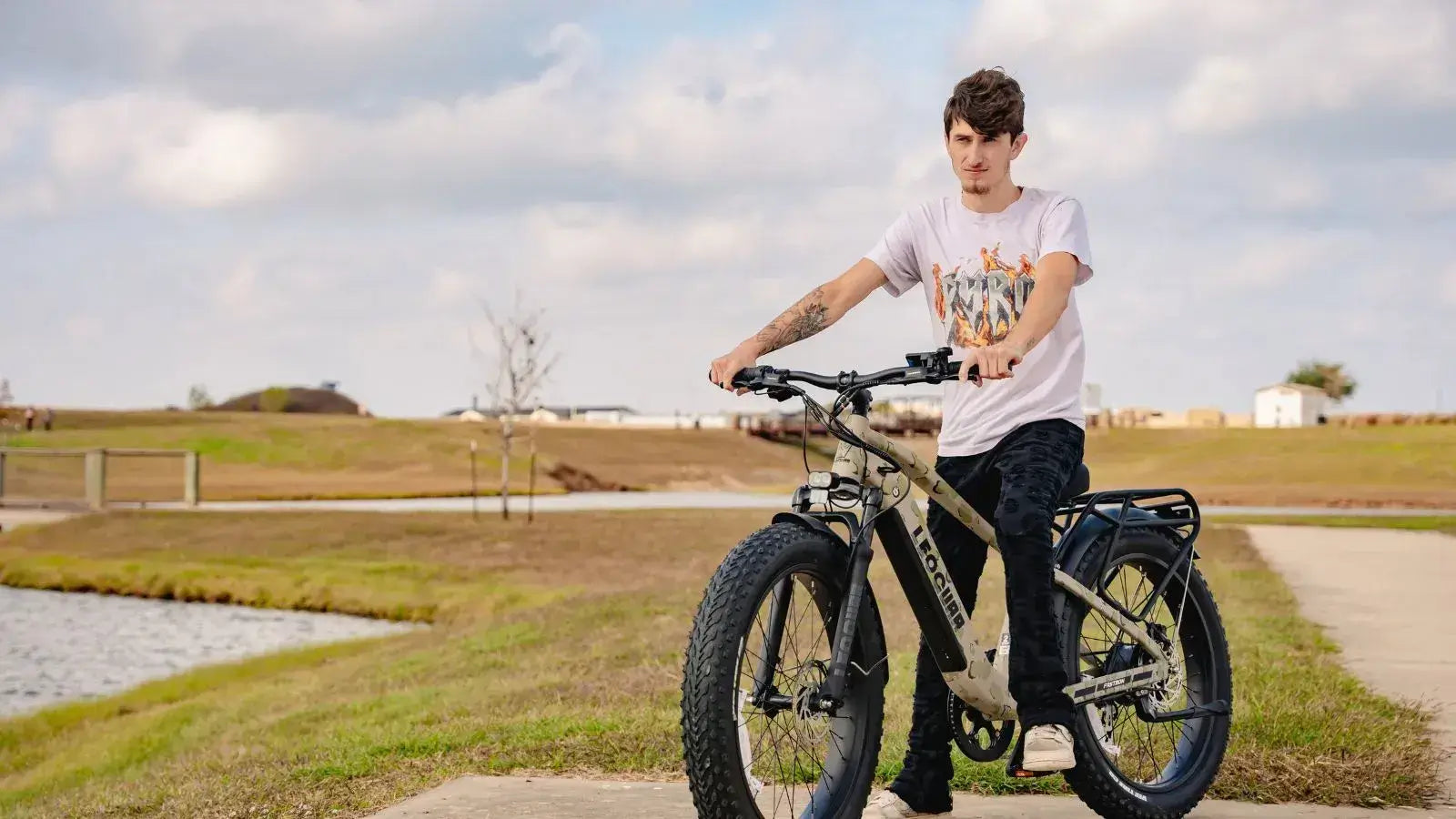
Ultimate E-bike Controller Guide 2025: Boost Performance & Safety
Understanding the Ebike Motor Controller's Role
The ebike motor controller acts as your electric bike's brain. It manages power flow between the battery and motor, processing signals from various parts to control speed and performance. Every time you twist the throttle or engage the pedal assist, the controller decides how much power to send through. The controller also plays a vital role in keeping your ride safe by protecting both the battery and motor from damage.
Key Functions and Features
A 48v e-bike controller handles several important tasks at once. It carefully adjusts motor speed based on what you want to do. These smart devices monitor battery health to prevent problems like overheating. The ebike speed controller makes sure your throttle and pedal assist work together perfectly, giving you a smooth ride. Modern controllers even include special features like regenerative braking, which puts power back into your battery when you slow down.
Choosing the right controller makes a big difference in how your bike performs. The ebike motor controller determines everything from how fast you can go to how well your bike climbs hills. Basic controllers do the job, but better ones give you more control and a quieter ride.
Here's how different types of controllers compare:
| Feature | Sinewave Controller | Squarewave Controller |
| Noise | Very quiet | Noisier |
| Power delivery | Smooth | Less smooth |
| Ride feel | Very stable | Can be jerky |
| Best use | Daily commuting | Power-focused riding |
The e-bike controller 36v or 48v you pick will shape your entire riding experience. Getting the right one is just as important as choosing a good battery or motor. Your controller keeps all parts working safely together, making it essential for both daily rides and performance upgrades.
To find the right controller for your needs, check out options at ebikes.ca. A quality controller will make your rides better and help your bike last longer.
Understanding Key Parts and How They Work Together
The ebike motor controller is the brain of your electric bike. It controls how much power goes to your motor and makes sure everything runs smoothly. Understanding how it works will help you fix problems and get better performance from your bike.
What's Inside an Ebike Motor Controller
The main part is a small computer chip called a microcontroller. It takes signals from your throttle, pedal sensor, and brake lever and decides how much power to send to the motor.
Power switches called MOSFETs control the flow of electricity in the controller. These are really important because they help make your ebike run efficiently without getting too hot.
Capacitors are like tiny batteries that help keep the power steady. Without them, your bike might jerk or stutter when you speed up or slow down.
The wires and connectors are the paths that electricity travels through. If these aren't connected right, your bike won't work properly.
How the Controller Talks to Your Motor
The controller uses special sensors to know where the motor is turning. These help make your ride smooth, especially when starting from a stop.
It sends power through three wires to make the motor spin. Getting this timing right is super important for your bike to work well.
Working with Your Battery
Your ebike motor controller needs to match your battery's voltage. Most controllers work with either 36V or 48V systems.
Using the wrong voltage can damage your controller or make your bike run poorly. Always check what voltage your controller needs before buying one.
Putting It All Together
The controller takes signals from your throttle and pedal sensor and turns them into smooth power. This makes riding feel natural and safe.
Your display screen shows you important information like speed and battery life. The controller sends this information to keep you informed about how your bike is running.
Each part of your ebike motor controller has an important job. When they all work together properly, you get a better, more reliable ride.


How to Choose Your Ebike Motor Controller
An ebike motor controller is at the heart of your electric bike's performance system. Your controller needs to match your motor and battery specifications perfectly to work right. This means checking things like voltage and power ratings carefully before you buy. A 48V motor needs a controller that can handle 48V power, and getting this wrong can cause big problems.
Key Features to Look For
You need to check if your controller matches your motor's power needs. This step is super important for keeping your bike running smoothly. Controllers come in different types, like sensored and sensorless models. The sensored ones give you better control when riding slowly or climbing hills, while sensorless controllers work best at higher speeds.
Make sure all your parts can connect properly. Your throttle, sensors, and battery connections should fit together without any problems. Wrong connections can make your bike perform badly or not work at all.
Recommended Controllers
The Sine Wave Controller works great for smooth power delivery. It's a good match for Flippo folding e-bikes and similar models. If you have a fat-wheel e-bike, check out the Fastron Controller. This controller handles power well and stays cool during long rides.
Remember to pick a controller that fits your riding style. A good ebike motor controller makes your rides more fun and keeps your bike running safely for a long time. Whether you're using a 36V system or a more powerful 48V setup, getting the right controller is key to a great riding experience.
Troubleshooting Common Ebike Motor Controller Issues
Your ebike motor controller is like the brain that controls power between the battery and motor. When it stops working right, your whole ebike can have problems. These problems can come from bad wiring, water damage, or just normal wear and tear.
Spotting Controller Problems
A broken controller shows clear warning signs. These signs include your motor not getting any power at all. Sometimes the power cuts in and out while you're riding. The motor might also jerk or surge unexpectedly. Your display screen could start showing error codes.
The controller might be failing if your throttle doesn't work right. Power issues often mean the controller isn't talking to your battery correctly. Your pedal assist sensor could also send wrong signals to the controller.
Common Problems and Why They Happen
Heat can make controllers shut down if they work too hard. Water getting inside can rust the parts and break the circuits. Loose or damaged wires stop signals from getting through. Sometimes the parts inside just wear out and stop working.
Basic Fixes You Can Try
First, look at all the wires connected to your ebike motor controller. Make sure everything is plugged in tight. Check if any wires look damaged or worn out. Test your throttle by turning it and watching how the bike responds.
If these steps don't help, you might need special tools to test the controller. A multimeter can help check if power is flowing right. But if you're not sure what you're doing, it's better to get help from someone who knows about ebike repairs.
Remember that working with electrical parts can be dangerous. If you're not comfortable fixing it yourself, take your ebike to a repair shop. They have the right tools and knowledge to fix controller problems safely.
Upgrading Your Ebike Motor Controller: Performance and Customization
A better ebike motor controller can make your bike faster and more powerful. Installing a high-performance controller lets you climb hills easier and accelerate quicker, while using your battery more efficiently.
Your new e-bike controller must match your bike's parts perfectly. The controller needs to work with both your motor and battery settings, especially for things like voltage and power output.
Adding an ebike speed controller is usually a straightforward process that involves swapping out the old unit. Modern controllers allow you to adjust many settings like top speed and braking power, making your ride feel just the way you want it.
Installation and Programming Tips
The e bike controller 48v systems are among the most popular upgrades for serious riders. Getting the wiring right is key - most manufacturers give you clear instructions and diagrams to follow.
Your upgraded controller will give you better control over your bike. Many riders say the smoother acceleration and custom settings are worth the time and money spent on the upgrade.
You can find lots of helpful advice from other riders online. The Endless Sphere forum has many discussions about which controllers work best for different riding styles and bike setups.
Check all connections twice before testing your new controller. Doing this upgrade can teach you a lot about how your ebike's electrical system works, making future maintenance easier.
Maintenance and Longevity: Keeping Your Controller in Top Condition
Taking care of your ebike motor controller can extend its life by up to 30–50% according to industry data by reducing problems like overheating and contamination. It keeps things running.
Protecting Your Controller from the Elements
Make sure your controller for ebike is safe from rain, dust, and harsh weather by sealing its case and using waterproof measures, while ensuring enough ventilation so the e bike controller 48v does not overheat during long rides. Seal it well.
Using weatherproof casings and choosing low-exposure spots helps your ebike speed controller work reliably and withstand harsh conditions. It works.
Regular Inspection and Cleaning
Every 3 to 6 months, check your ebike motor controller for loose wires or dirt buildup, and then clean connectors with isopropyl alcohol while checking solder joints and fastenings to keep it safe. Check it often.
• Look over wiring harnesses for damage.
• Clean connectors to stop oxidation.
• Make sure all parts are tight.
Avoiding Overloading the Controller
Watch the power draw on your controller for ebike and stick to the manufacturer’s limits because pushing the system too hard with rapid starts or steep climbs can lower its life by nearly 40%. Do not overdo it.
Keep your ebike speed controller working within safe limits.
Proper Storage During Off-Season
When you are not riding, disconnect the battery and store your e-bike controller 36 in a cool, dry spot with steady temperatures to prevent moisture and voltage issues. Store it well.
This simple step stops dust and damage, ensuring your device lasts for years.
Following these steps not only protects your equipment but also improves overall ebike performance and rider safety. Your ride stays safe.
For more ideas, see best practices on ebike maintenance in reliable resources such as the Energy.gov guide on vehicle upkeep (https://energy.gov).
FAQ
-
How do I choose the right voltage controller for my e-bike?
-
Match the controller voltage (36V or 48V) with your battery and motor specifications for optimal performance and safety.
-
What are the signs of a failing e-bike controller?
-
Common signs include power cuts, motor jerking, unresponsive throttle, error codes on display, and unexpected power surges.
-
Can I upgrade my e-bike controller for better performance?
-
Yes, upgrading to a higher-quality controller can improve speed, hill climbing ability, and overall riding experience.
-
What's the difference between sinewave and squarewave controllers?
-
Sinewave controllers offer quieter operation and smoother power delivery, while squarewave controllers are better for power-focused riding.
-
How often should I maintain my e-bike controller?
-
Inspect every 3-6 months for loose connections, clean connectors, and check for water damage or overheating issues.



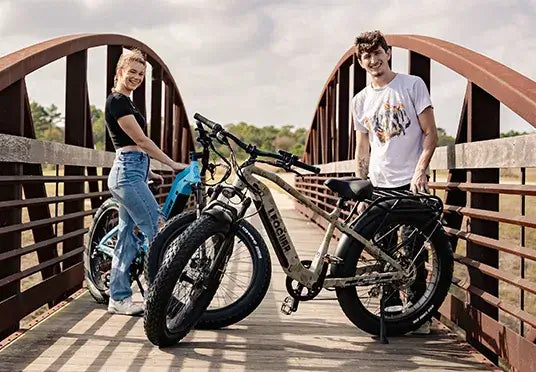
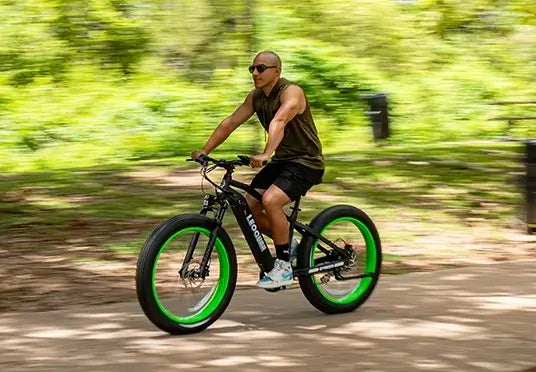
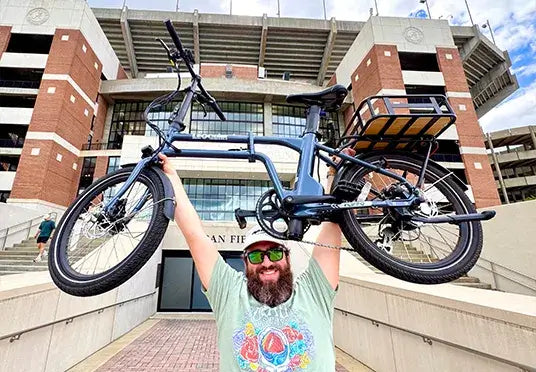
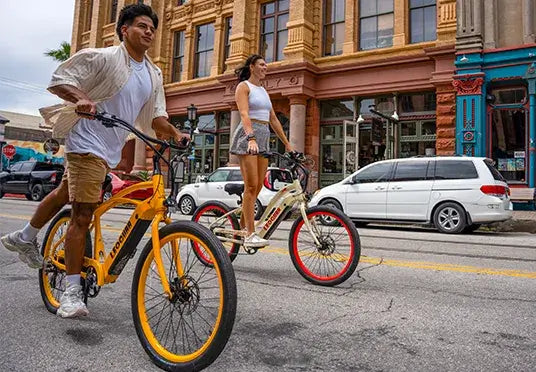
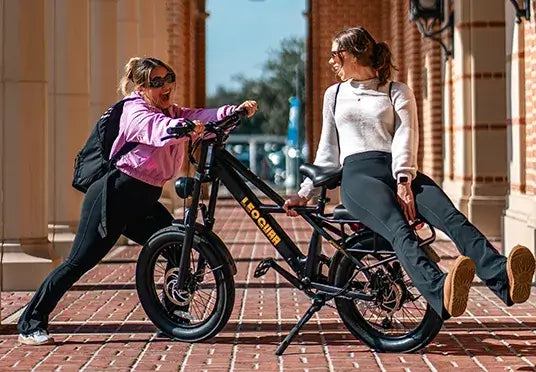
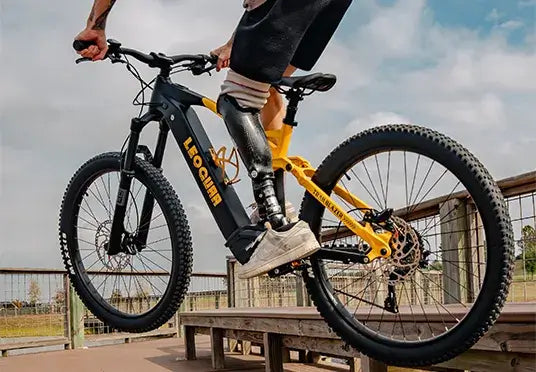

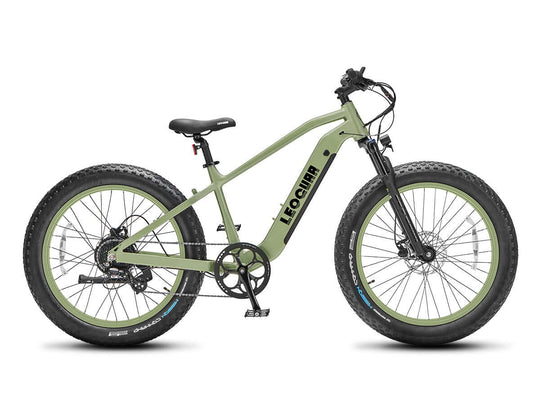
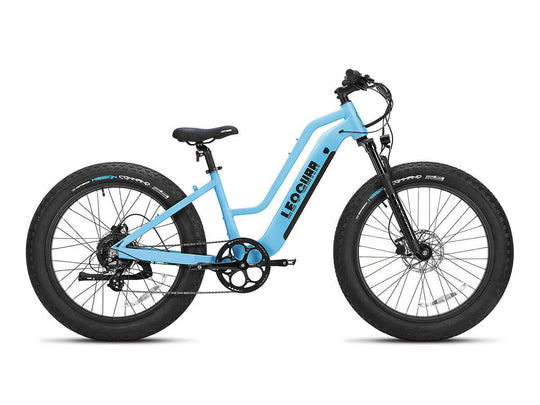
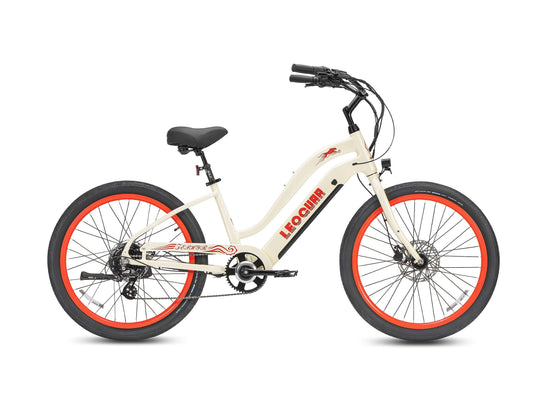
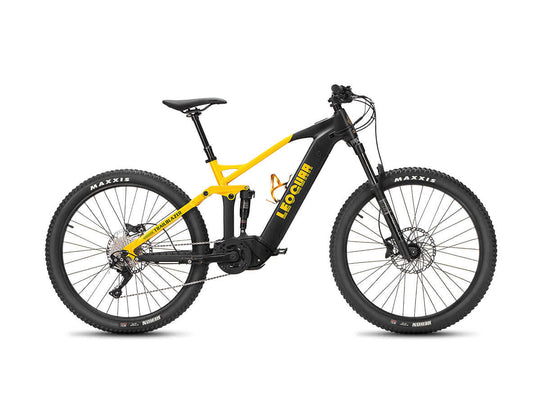
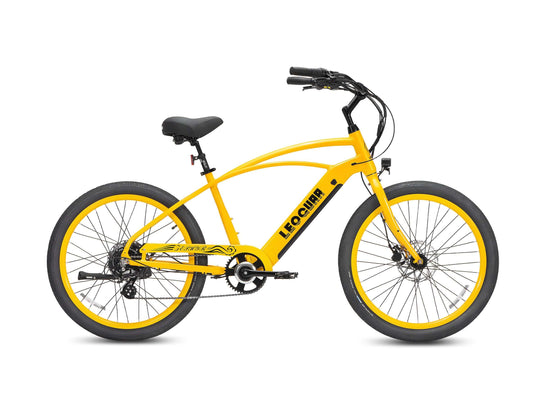
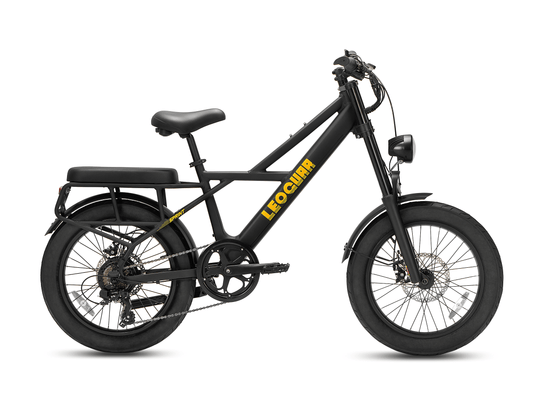

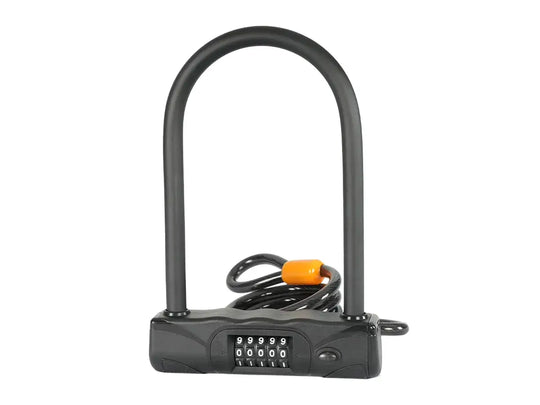
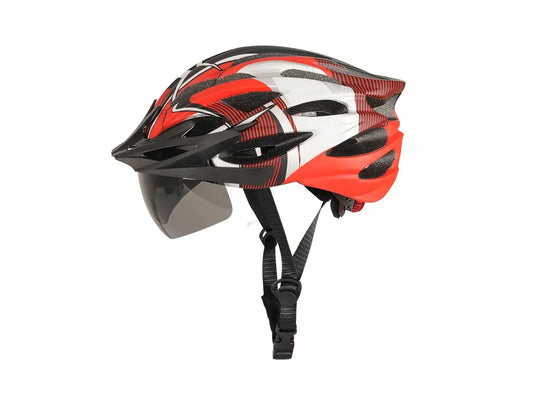
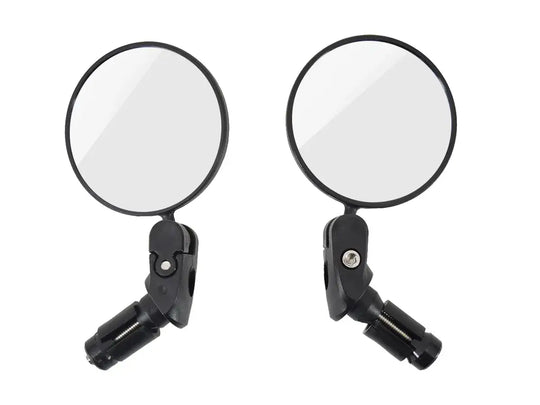

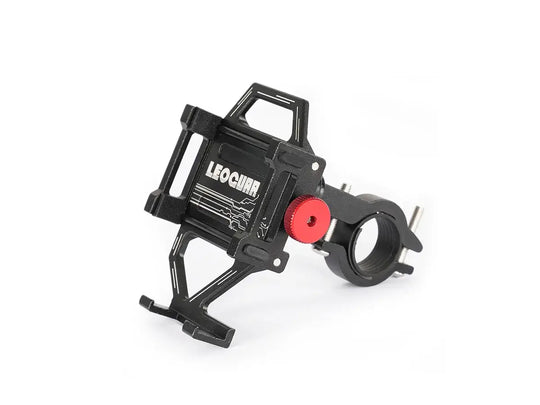
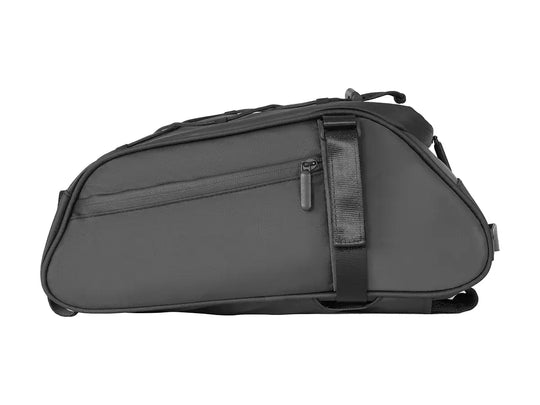
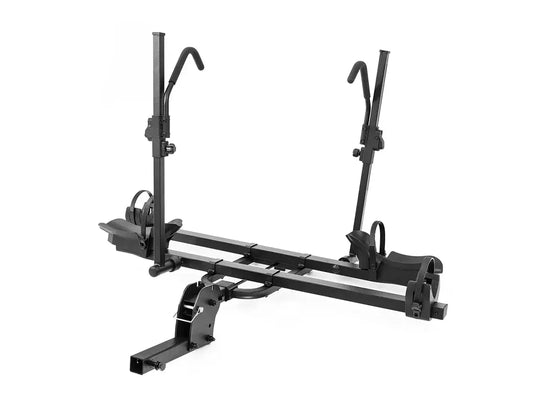
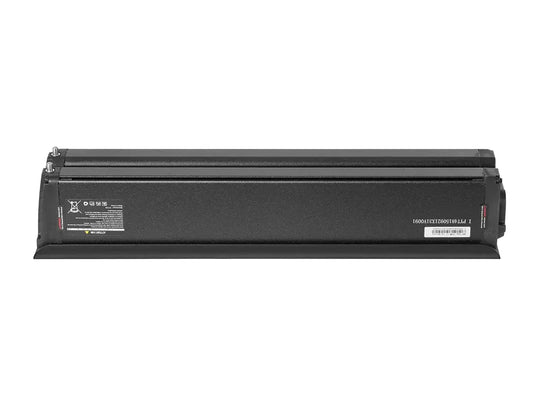
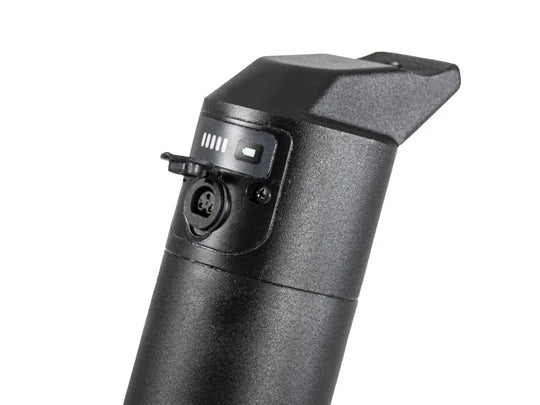
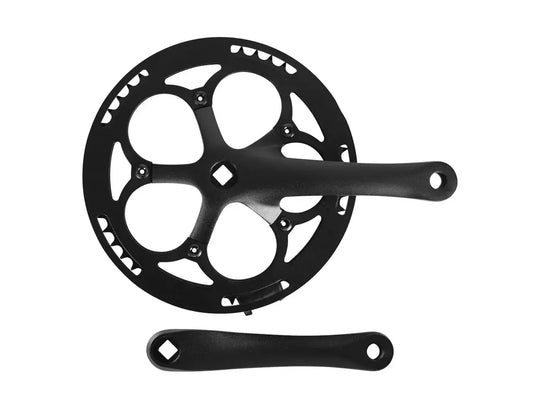
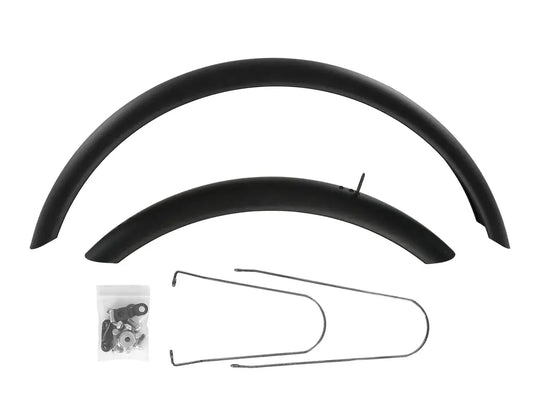
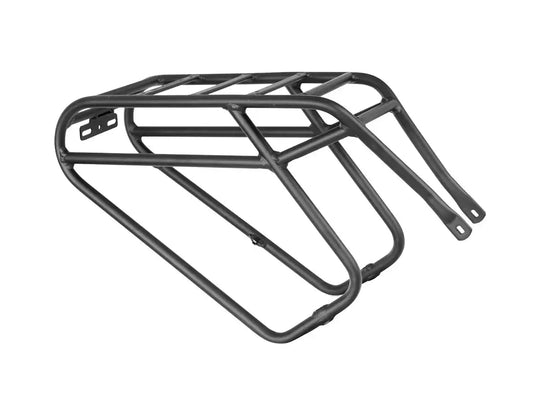
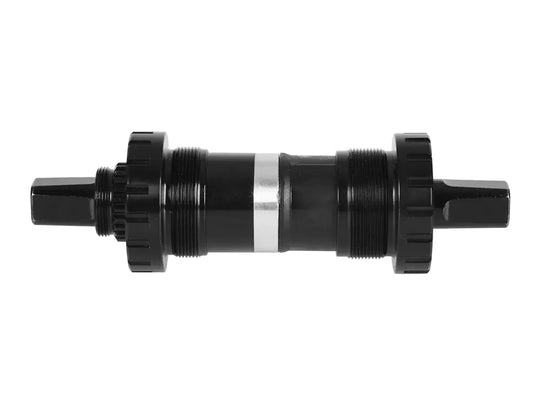
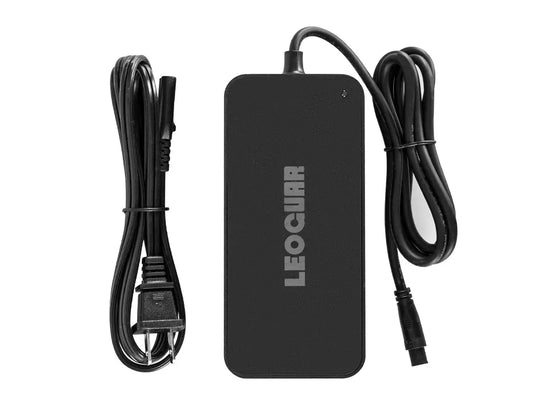
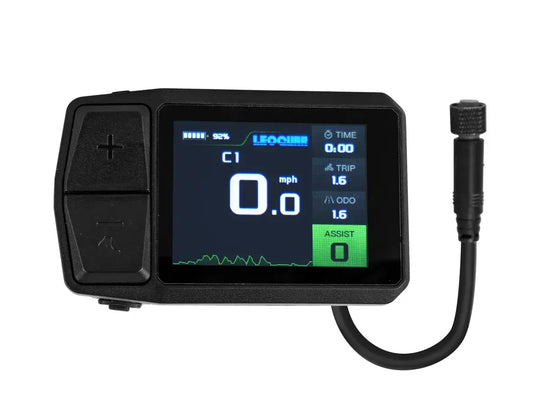
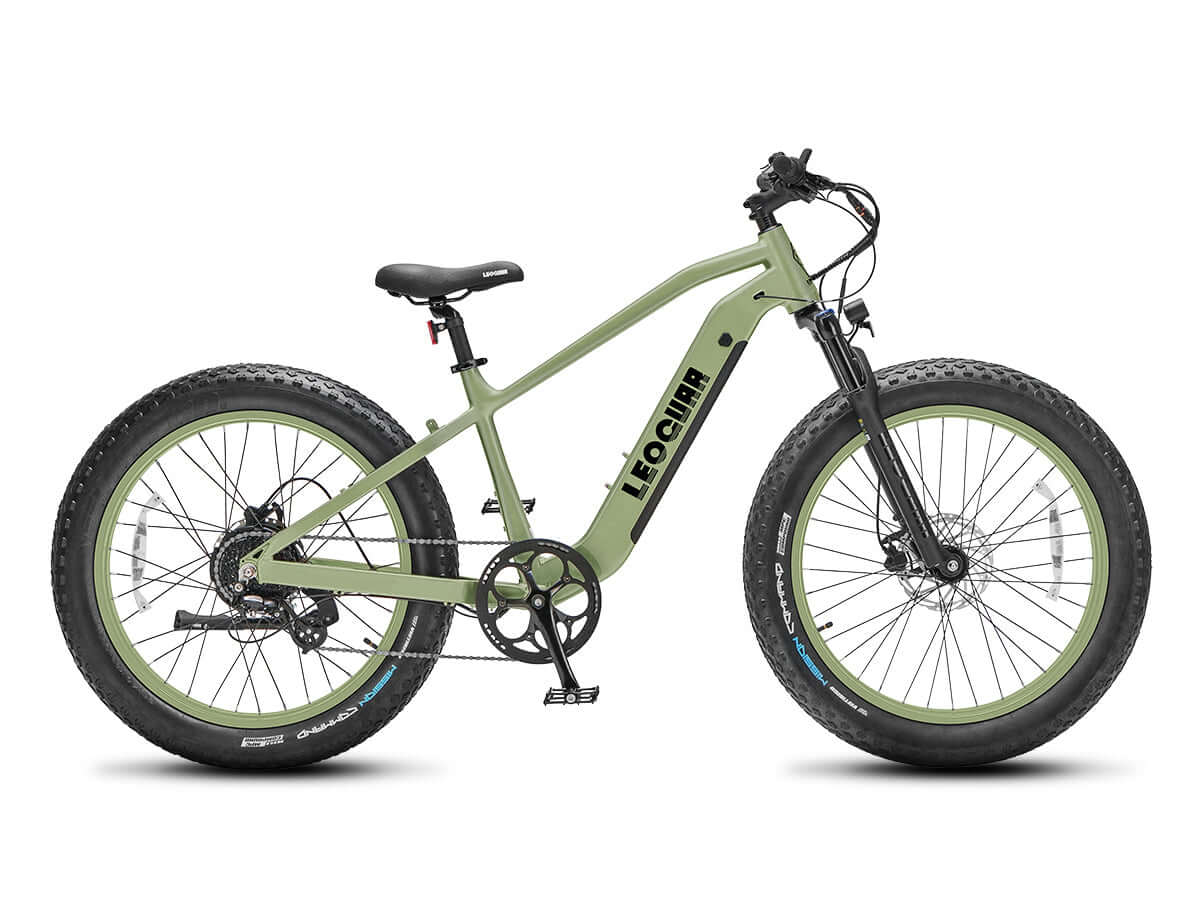








Leave a comment